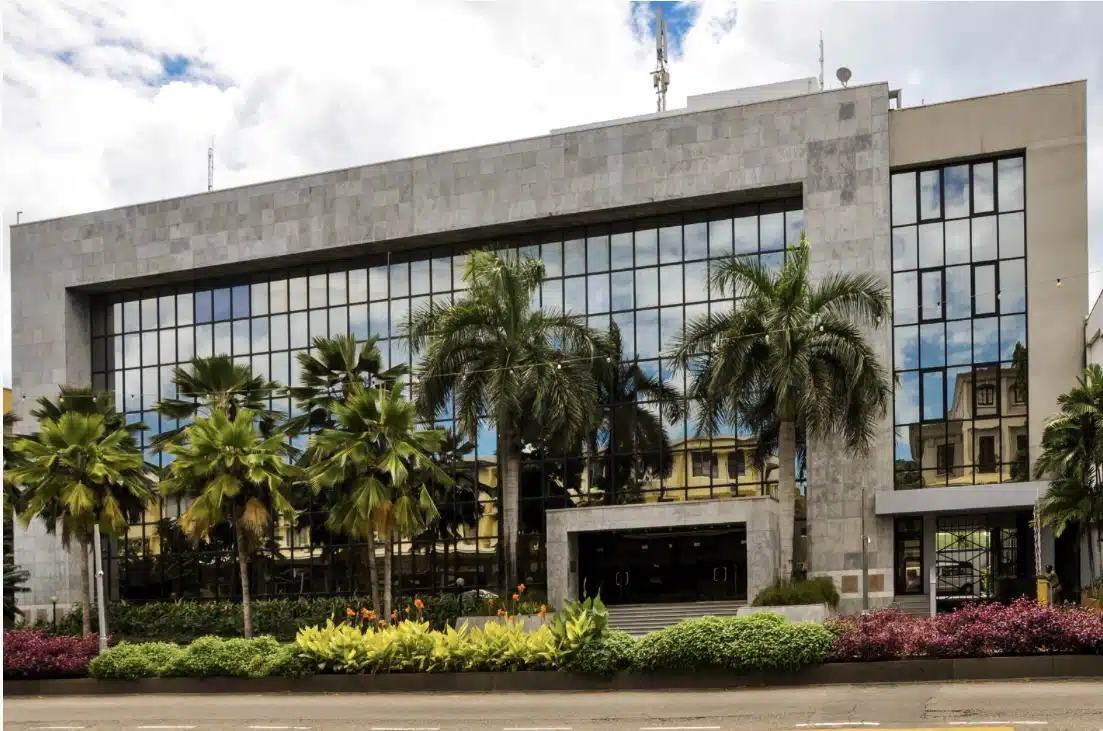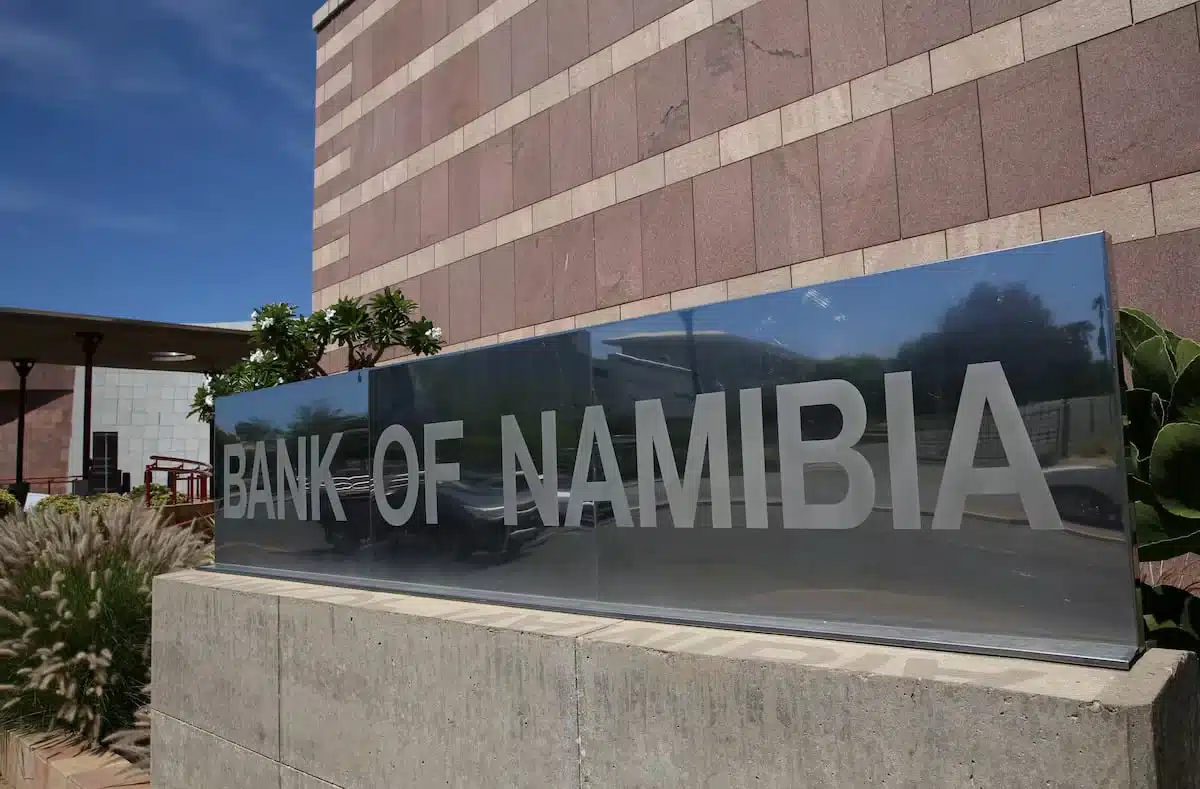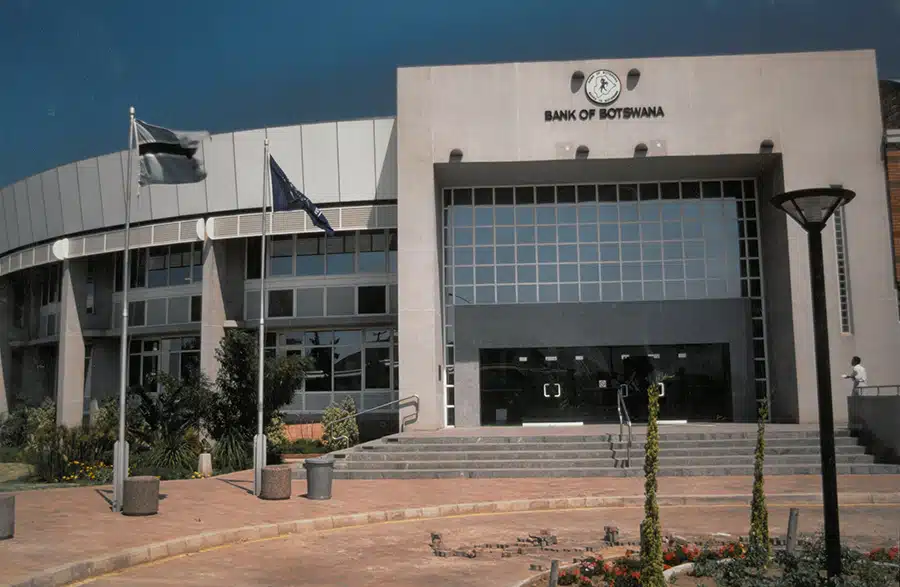The International Monetary Fund (IMF) has expressed support for the full adoption of Zimbabwe Gold (ZiG) as the country’s sole currency, even as the unit continues to shed value since its launch.
Introduced in April 2024 to replace the dollar as Zimbabwe’s main transacting currency, the ZiG is the country’s sixth attempt since 2009 to stabilise its monetary system.
But the new unit has already lost over 98% of its value.
From an initial exchange rate of about 14 ZiG to the dollar, it now trades around 26.96 officially and between 32 and 35 on the parallel market.
In September, the Reserve Bank of Zimbabwe devalued the currency by 43% in a bid to reduce the disparity between official and black-market exchange rates, raising the official rate to about 24 ZiG per dollar.
Despite the ongoing decline, the Washington-based lender said on Monday it “would like to see the ZiG fully becoming a national currency,” as it considers Zimbabwe’s request for a new staff-monitored program (SMP).
The IMF’s mission chief, Wojciech Maliszewski, who is currently in Zimbabwe to assess the SMP request noted that a number of reforms are required to improve the currency’s viability, including expanding the foreign exchange market to allow for full price discovery.
“Right now we see good stability in the official market and we also see a convergence between the parallel and official rate,” Maliszewski told reporters in Harare after meeting with President Emmerson Mnangagwa.
“Ideally, we would like to see an elimination of this gap, we would like to see one exchange rate.”
The IMF clarified that it is not calling for further depreciation but instead urges convergence between the two rates, anchored by strong fiscal and monetary policy.
“There is a good chance that these rates will converge,” Maliszewski added.
The inconvertibility of the ZiG and its persistent depreciation have driven many Zimbabweans to continue using the US dollar, further complicating efforts to establish a stable domestic currency.
As at February 2025, it was estimated that only about 30% of Zimbabweans were using ZiG for local transactions.
Zimbabwe’s last IMF staff-monitored program ended in 2019, after the central bank’s decision to print money led to a collapse of the local currency.
Finance minister Mthuli Ncube said last month during the African Development Bank’s annual meetings that the government expects the new SMP to be finalised by the end of June.
The programme is seen as a critical step towards restructuring Zimbabwe’s $21 billion debt burden and rebuilding creditor confidence through prudent macroeconomic management.











